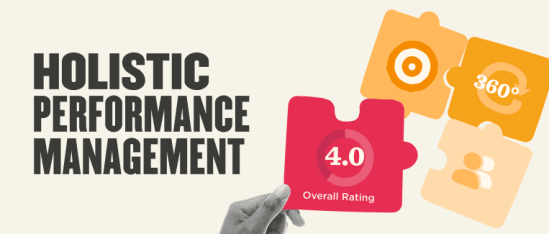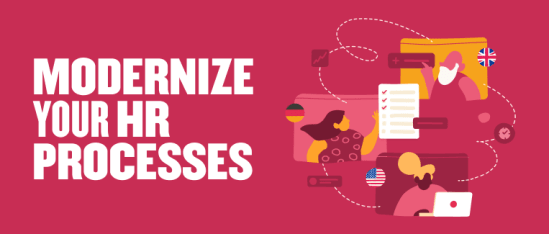35 tips for increasing employee engagement
Employee engagement is the natural result of a people-first culture that connects people, encourages growth and development, and allows people to bring their authentic selves to work.

Companies can make a huge difference to the employee experience by creating healthy workplaces that…

Bob’s people-first Task Lists feature helps automate your processes and minimize human error so you…

When forward-thinking companies invest in putting their people first, they get a healthy, productive, and…

HiBob's Help Center provides people with the resources they need according to their role in…

Last year HiBob introduced its Work From Anywhere policy. This policy gives Bobbers the freedom…

May is National Mental Health Awareness Month and is dedicated to raising awareness about the…

360Learning and HiBob recently teamed up to showcase several ways to overcome today's retention challenges.…

We sat down with two of Australia’s HR leaders, Dr. Kirstin Ferguson and Kathleen McCudden,…

In our latest guide, How to attract and retain top talent using a full-stack compensation…

Strong company cultures are essential in the modern business world. They increase workplace satisfaction and…

Human resources is an ever-evolving industry. In order to be at the absolute top of…

There are many tools available for managing performance, and companies should choose those that best…

Implementing a solid HRIS (human resource information system) is more important than ever before. HR…

Today, CHROs play an integral role in the upper echelons of the business structure. In…

I’ve led onboarding program builds more times than I can count. What I’ve learned through…